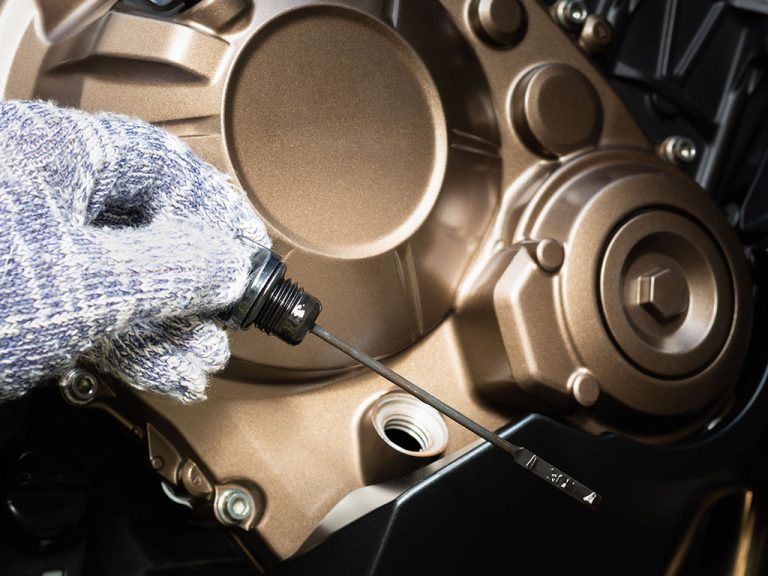When it comes to choosing the right engine oil for your car or bike, you’ve likely encountered numbers like 5W-30, 10W-40, or 15W-50 on the bottle. These numbers might seem confusing at first, but they are critical indicators of the oil’s viscosity and performance under different conditions.
Understanding engine oil grades is essential for keeping your engine running smoothly and efficiently. In this article, we’ll break down what engine oil grades mean and how to choose the right one for your vehicle.
What Do Engine Oil Grades Mean?
Engine oil grades are standardized by the Society of Automotive Engineers (SAE). They primarily refer to the oil’s viscosity—its thickness and ability to flow at different temperatures. Viscosity is crucial because it affects how well the oil can lubricate engine components, especially under extreme temperatures.
Each grade is represented by two numbers, like 5W-30 or 10W-40. Let’s break this down:
- The first number, followed by “W” (for Winter): Indicates the oil’s viscosity at low temperatures. A lower number means the oil flows more easily in cold weather, providing better cold-start protection.
- The second number: Refers to the oil’s viscosity at high temperatures. A higher number means the oil maintains its thickness under high heat, ensuring adequate lubrication during intense engine operation.
Common Engine Oil Grades
Here are some commonly used engine oil grades and their applications:
5W-30
- One of the most popular engine oils, especially for modern cars.
- Provides excellent protection in cold weather and maintains stability at high temperatures.
- A versatile choice suitable for a wide range of vehicles and climates.
10W-40
- Often used in older vehicles or those operating in warmer climates.
- Offers extra protection at higher temperatures while still performing in colder conditions.
15W-50
- Typically used in high-performance or racing engines.
- Delivers superior protection under extreme heat, ensuring consistent lubrication even during intense operation.
How to Choose the Right Engine Oil Grade for Your Vehicle
Selecting the right engine oil grade depends on several factors, including your vehicle type, driving conditions, and the manufacturer’s recommendations. Here’s how to decide:
1. Climate
- For cold winters, opt for an oil with a lower winter viscosity, such as 5W-30 or 5W-40. These oils flow easily in low temperatures, reducing wear during cold starts.
- In hotter climates, consider higher grades like 10W-40 or 15W-50, which provide better high-temperature performance.
2. Vehicle Age
- Older vehicles may benefit from oils with higher viscosities, such as 10W-40 or 15W-50. These oils offer extra protection for aging engines that may have looser tolerances.
3. Driving Habits
- For regular commuting or city driving, a grade like 5W-30 or 10W-30 is often sufficient.
- If you frequently drive in extreme conditions or push your vehicle to its limits, consider a high-performance oil like Savsol Ester5, which is engineered to provide exceptional protection and efficiency.
Final Thoughts
Understanding engine oil grades and choosing the right one for your vehicle is key to ensuring smooth performance and engine longevity. Always refer to your vehicle’s manual for the manufacturer’s recommendations and consider factors like climate and driving conditions when selecting an oil grade.
For those seeking high performance, better heat protection, and minimized friction, Savsol Ester5 is an excellent choice. Its advanced ester-infused formula is designed to meet the demands of discerning drivers, ensuring uninterrupted smoothness and superior engine care.




